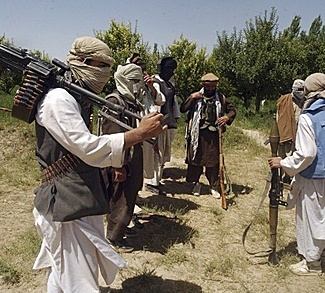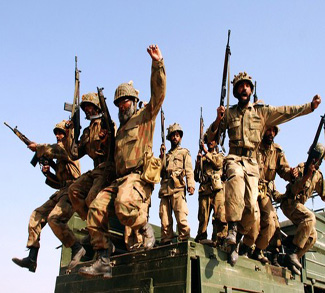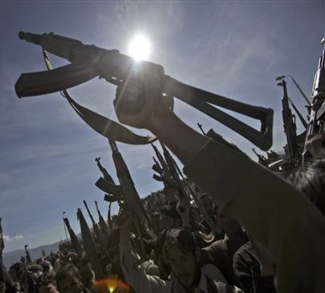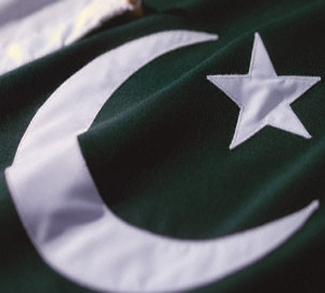Summary
The rise of militant Islam in Pakistan ranks among countless examples of short-term political gain sacrificing long-term stability. In the 70s, the Zia government manipulated religious symbols in order to raise a holy army and shore up its own domestic support. However, after the war against Soviet occupation in Afghanistan ended, militant Islam could not be sealed away. Now in the year 2009, the Pakistani state is fighting for its survival against Islamic militias borne of the Taliban’s ideology.
The Rise of General Zia
The Pakistani state has always been tied to Islam. It is, after all, originally a homeland for the Muslims of colonial India. Up until the 1970s, Pakistan’s Islamic identity was able to co-exist relatively peacefully with secular politics. However, a coup in 1977 began a process that would eventually change the complexion of Islam in Pakistan, transforming it from a moderate interpretation to the militant version that is now rising to challenge the state.
In 1977, General Muhammad Zia-ul-Haq seized power in Islamabad, overthrowing the democratically elected government of Zulfikar Ali Bhutto. After taking power, General Zia, a staunch Islamist and anti-communist, found himself presiding over a government that had no constitutional mandate to rule [2]. Furthermore, large portions of the population continued to support the deposed President Bhutto and his Pakistani People’s Party (PPP).To overcome this deficit in popular support, General Zia adopted two strategies that still resonate in present day Pakistani politics: relying on the military to prop up his regime and the manipulation of Islamic symbols for political ends [1, 2].




